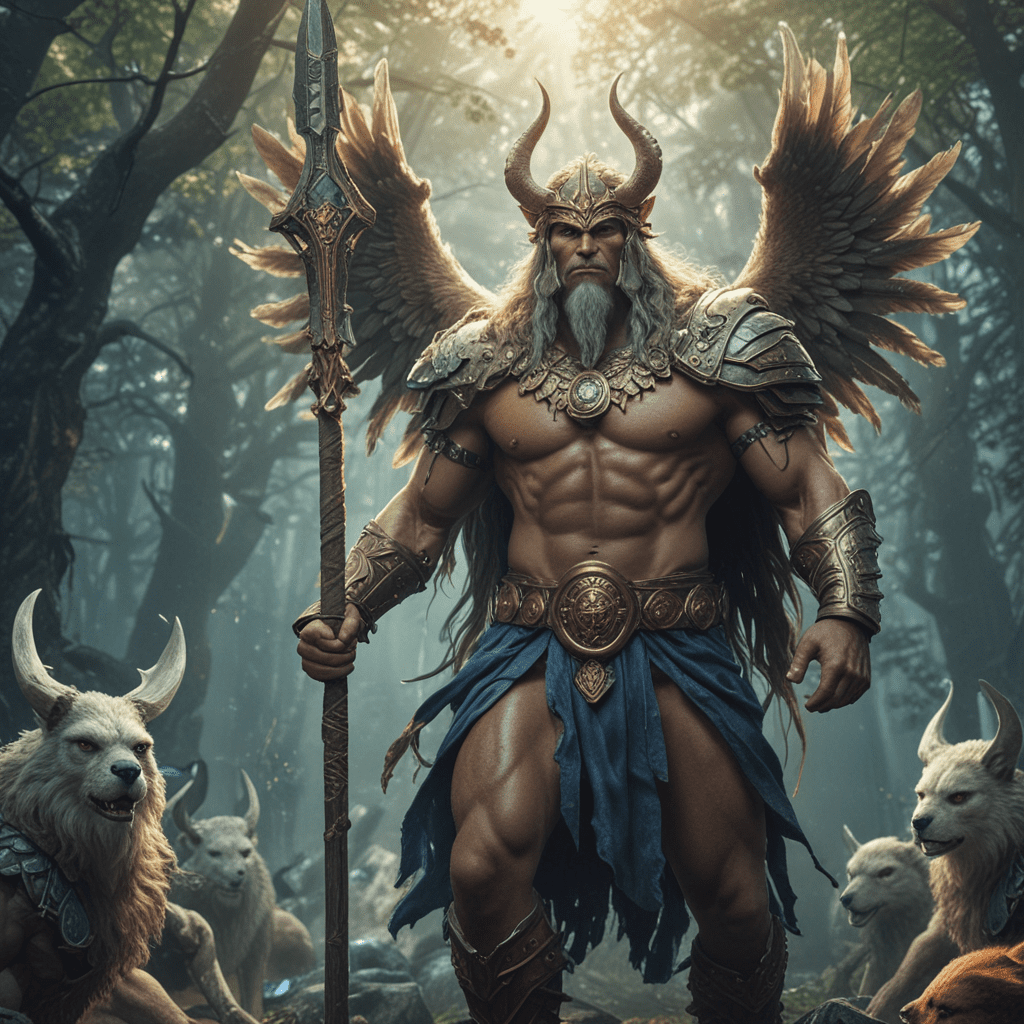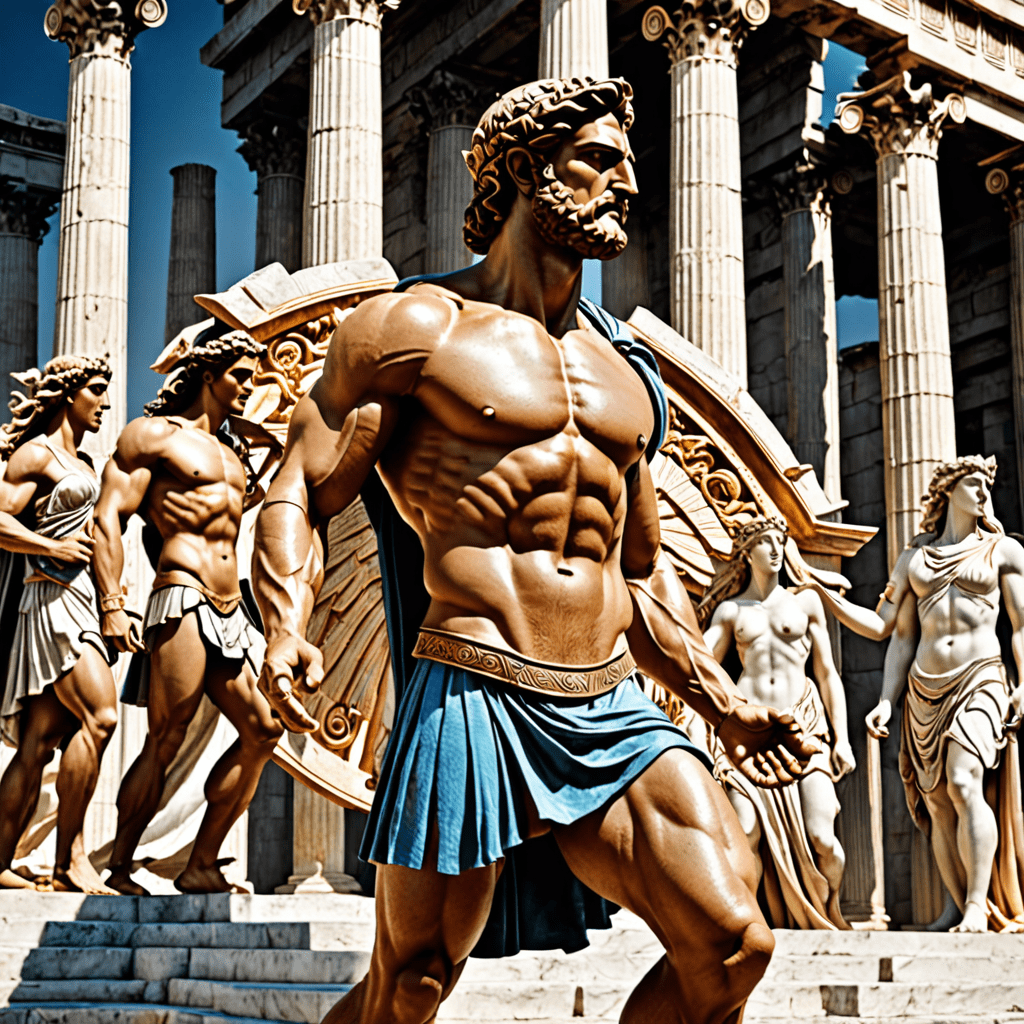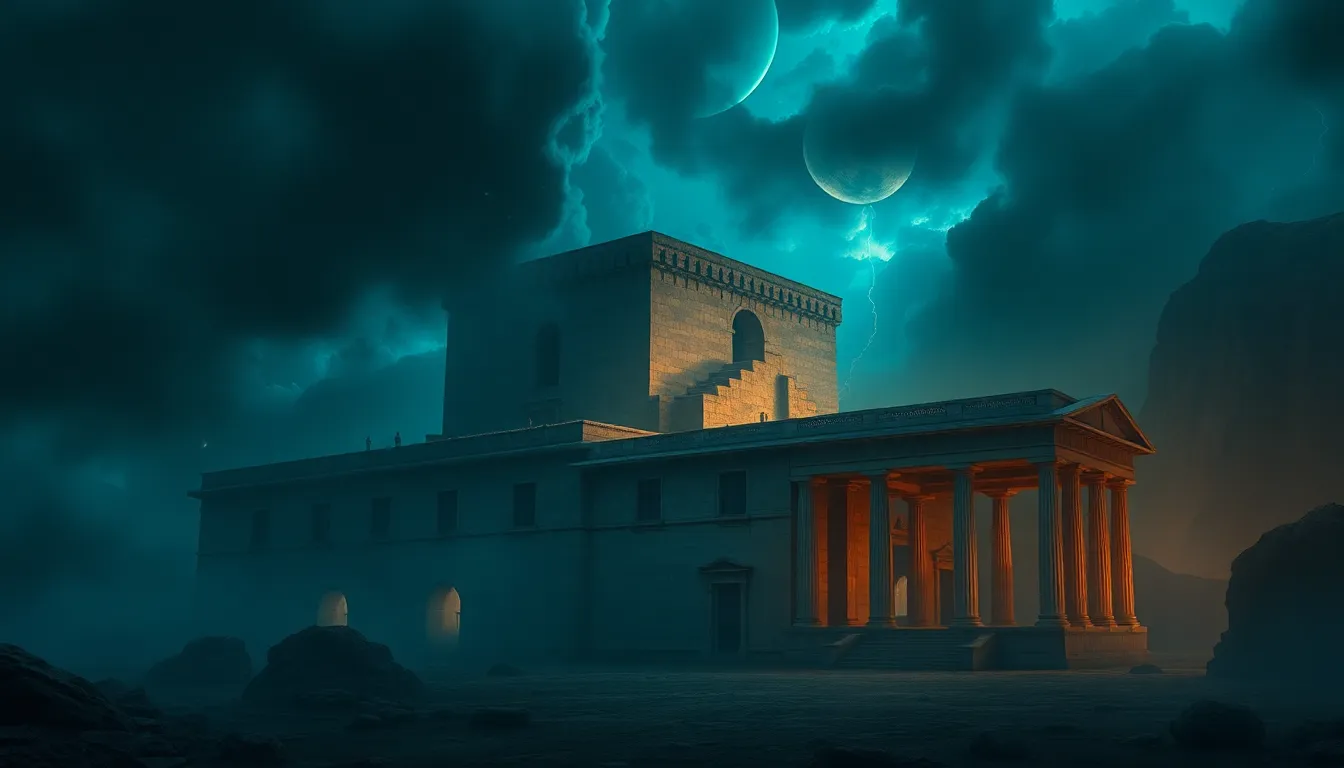1. Introduction
Finnish mythology, steeped in folklore and oral traditions, has significantly influenced Finnish cultural expressions, including traditional games. Its unique tales and characters have captivated the imaginations of generations, shaping the nation’s collective psyche. Exploring the intersection of Finnish mythology and games provides insights into the cultural heritage and values embedded within these playful pursuits.
2. The Origin of Finnish Mythology
The roots of Finnish mythology lie in the ancient beliefs and practices of the Finno-Ugric peoples, who inhabited the northern regions of Europe and Asia. Over time, these beliefs blended with influences from neighboring cultures, such as the Norse, creating a rich and diverse mythological tapestry. Finnish mythology reflects the close relationship between humans and nature, featuring deities, spirits, and creatures embodying the forces of the natural world.
3. The Key Figures of Finnish Mythology
Central to Finnish mythology is the trinity of gods: Ukko, the thunder god; Väinämöinen, the wise and enigmatic shaman; and Ilmarinen, the skilled blacksmith. These deities play pivotal roles in many tales, guiding the destinies of mortals and shaping the world’s order. Other important figures include the enigmatic Vellamo, goddess of the sea, and the mischievous Loki, known for his cunning and trickery.
4. The Influence on Traditional Games: The Ukko’s Daughter
The legend of Ukko’s daughter, kidnapped and held captive by evil forces, forms the basis of several traditional Finnish games. In the game “Ukko’s Daughter’s Ring,” players form a circle and sing a song while one player searches for the hidden “daughter.” This game reflects the myth’s themes of rescue, bravery, and the importance of communal effort.
5. The Influence on Traditional Games: The Väinämöinen’s Harp
Väinämöinen’s magical harp, crafted from the bones of a giant fish, features prominently in traditional games. In the game “Väinämöinen’s Harp,” players pretend to play the harp, using their imaginations to create musical melodies. This game fosters creativity, musicality, and an appreciation for the power of storytelling.
6. The Influence on Traditional Games: The Louhi's Mill
Louhi, the mistress of Pohjola, is a formidable figure in Finnish mythology, known for her magic and treachery. In the game "Louhi's Mill," players simulate grinding grain using a millstone, representing Louhi's attempts to grind the heroes Väinämöinen and Ilmarinen into flour. This game reflects the myth's themes of conflict, perseverance, and the triumph of good over evil.
7. The Role of the Kalevala in Preserving Finnish Mythology
The Kalevala, an epic poem compiled by Elias Lönnrot in the 19th century, played a crucial role in preserving and disseminating Finnish mythology. It narrates the adventures and exploits of Väinämöinen and other mythical heroes, providing a rich source of inspiration for traditional games. By capturing and immortalizing these tales, the Kalevala ensured their continued relevance and cultural significance.
8. Modern Interpretations of Finnish Mythology in Games
Finnish mythology continues to inspire contemporary game developers, offering a wealth of characters, themes, and narratives to draw upon. In recent years, games such as "Max Payne" and "Alan Wake" have incorporated elements of Finnish mythology into their storylines, introducing these ancient tales to a global audience. These modern interpretations offer fresh perspectives on the myths while honoring their cultural legacy.
9. The Importance of Play in Finnish Culture
Play holds a central place in Finnish culture, reflecting a deep appreciation for creativity, imagination, and social interaction. Traditional games rooted in Finnish mythology foster a sense of community, pass on cultural knowledge, and encourage the development of essential skills and values. By engaging in these games, Finns connect with their heritage and celebrate the power of storytelling and shared experiences.
10. Conclusion
Finnish mythology, with its vibrant tapestry of characters, stories, and symbols, has profoundly influenced traditional Finnish games. From the Ukko's Daughter's Ring to Louhi's Mill, these games embody mythological themes, preserve cultural heritage, and contribute to the fabric of Finnish society. Through modern interpretations and the enduring importance of play, Finnish mythology continues to shape and enrich the lives of Finns, fostering a deep connection to their past and inspiring generations to come.
FAQs:
Q: What are the main characters of Finnish mythology?
A: The key figures of Finnish mythology include Ukko, Väinämöinen, Ilmarinen, Vellamo, and Loki.
Q: How has Finnish mythology influenced traditional games?
A: Finnish mythology has inspired traditional games based on myths such as Ukko's Daughter, Väinämöinen's Harp, and Louhi's Mill, reflecting themes of rescue, creativity, conflict, and perseverance.
Q: What is the significance of the Kalevala in Finnish mythology?
A: The Kalevala played a crucial role in preserving and disseminating Finnish mythology by compiling and narrating the adventures of mythical heroes, ensuring their continued cultural significance.
Q: How does play relate to Finnish culture and mythology?
A: Play holds a central place in Finnish culture, and traditional games rooted in mythology foster community, pass on cultural knowledge, and encourage the development of essential skills and values, connecting Finns with their heritage and the power of storytelling.



